CBIRF fully dedicated to CCRMF mission; team exhibits skills during Vibrant Response 10.1
By Sgt. Joshua Ford, U.S. Army North PAO
BUTLERVILLE, Ind. - It is a nightmarish scenario: a 10-kiloton nuclear weapon detonation in one of America's largest cities. Thousands are dead and millions are affected by the blast. Who will the American people depend on for help when in such dire need'
Within 24 hours of an incident, the Department of Defense's premier Chemical, Biological, Radiological, Nuclear, and high-yield Explosive response force, the Chemical Biological Incident Response Force, is on the ground, bringing a vast skill set to the site of a CBRNE-related catastrophe.
Falling under the CBRNE Consequence Management Response Force, which is comprised of multiple units from all services, active, Reserve and National Guard, to include civilian, local, state, and federal agencies, CBIRF is considered the gold standard for other active-duty CBRNE units to follow and replicate.
CBIRF was put to the test Nov. 8-9 at the Muscatatuck Urban Training Center during the Vibrant Response 10.1 field training exercise, which is part of the U. S. Northern Command program designed to integrate DoD forces into the larger federal response to a catastrophic incident. As the USNORTHCOM Joint Force Land Component Command, U.S. Army North is tasked with the responsibility to exercise and train the CCMRF forces.
"It is no surprise the CBIRF has done so well during this exercise," said James Barkley, Division G chief, Civil Support Training Activity. "They have always been known as the premiere CBRNE force in DoD."
CBIRF is an active-duty U.S. Marine Corps and Navy unit based out of based out of Indian Head, Md. It serves as one of the premier the life saving assets in a CBRNE environment.
CBIRF is broken up into four separate elements: identification and detection element, technical rescue element, decontamination element and a medical care element.
The identification and detection element allows the CBIRF to positively identify a number of different isotopes, chemical warfare agents, toxic industrial chemicals and any other hazardous substances within the affected area.
"With that information, we can determine how we are going to respond with a decontamination solution," said Marine Capt. Casey Ward, Company B commander, CBIRF.
The technical rescue piece of the CBIRF puzzle is the only section in the military of its type. Every Marine and Sailor working in this section is a DoD-trained fire fighter and is capable of rescuing civilians in every situation except water rescue. Situations include trench rescue, collapsed structure rescue and vehicle extrication.
Next is the decontamination element, which can decontaminate more than 120 people an hour.
Finally, the medical element, made up primarily of Navy medical corpsman and field surgeons, provide care for civilians and service members after decontamination.
During VR 10.1, CBIRF was thrown a curve ball when it was tasked to augment a platoon from the 379th Chemical Company, based in Chicago. This added another piece to the puzzle, and the CBIRF used it as a great training experience.
"Working with different services is definitely good to go," said Marine Sgt. John Warren, decontamination team leader, Co. B, CBIRF. "They come up with good ideas; we come up with good ideas, and it helps us know how they operate if something like this happens."
One of the main reasons the CBIRF is set apart from other units with related missions is its dedicated duty to the mission.
"Every month we do reset training, focusing on all core competencies, which rotate across the board so every member of CBIRF is able to provide the casualty extract and decontamination ability. This is really the most cumbersome element we will have to deal with in any type of environment," said Ward.
For new Marines or Sailors coming straight out of their job training to CBIRF, they are required to attend the CBIRF operator course. The three-week course teaches CBIRF's new members how to execute operations in a contaminated area.
"That is simply the starting point," said Ward. "That is the one thing that sets us apart though - our dedicated mandatory training for all elements, coupled with us being a full-time active duty force. This allows us to focus on the training capabilities of the unit in the contaminated environment without passing it on to other rotations. Where some units only have the CBRNE mission for a couple of months - we have it a full time."
-30-
DECON Site.
BUTLERVILLE, Ind. - Marines with the Chemical, Biological Incident Response Force, decontaminate role-players and mannequins during the Vibrant Response 10.1 field training exercise Nov. 9 at Muscatatuck Urban Training Center, Ind. CBIRF is considered by many to be the Department of Defense's premiere Chemical, Biological, Radiological, Nuclear, and high-yield Explosive response force. The unit is based out of Indian Head, Md.
(U.S. Army photo by Sgt. Joshua Ford, U.S. Army North PAO)
DECON suit 4.
BUTLERVILLE, Ind. - Marines with the Chemical, Biological Incident Response Force, go through the decontamination lane after searching for casualties in a simulated contaminated area during the Vibrant Response 10.1 field training exercise Nov. 9 at Muscatatuck Urban Training Center, Ind. The unit is based out of Indian Head, Md. Vibrant Response 10.1 field training exercise put more than 4,000 members of the Chemical, Biological, Nuclear, high-yield Explosive Consequence Management Response Force through a domestic incident response in support of a primary agency for the first time.
(U.S. Army photo by Sgt. Joshua Ford, U.S. Army North PAO)
Escort to DECON.
BUTLERVILLE, Ind. - A Marine with the Chemical, Biological Incident Response Force, escorts role-players to the decontamination point during the Vibrant Response 10.1 field training exercise Nov. 9 at Muscatatuck Urban Training Center, Ind. CBIRF is an active-duty U.S. Marine Corps and Navy unit based out of Indian Head, Md., and are the life saving asset in a CBRNE environment.
(U.S. Army photo by Sgt. Joshua Ford, U.S. Army North PAO)
Search and Extract.
BUTLERVILLE, Ind. - Marines from the search and extraction platoon, Chemical, Biological Incident Response Force, attempt to drill through a cement barrier to search a collapsed building for survivors during the Vibrant Response 10.1 field training exercise Nov. 9 at Muscatatuck Urban Training Center, Ind. CBIRF is an active-duty U.S. Marine Corps and Navy unit based out of Indian Head, Md., and are the life saving asset in a CBRNE environment.
(U.S. Army photo by Sgt. Joshua Ford, U.S. Army North PAO)
-30-

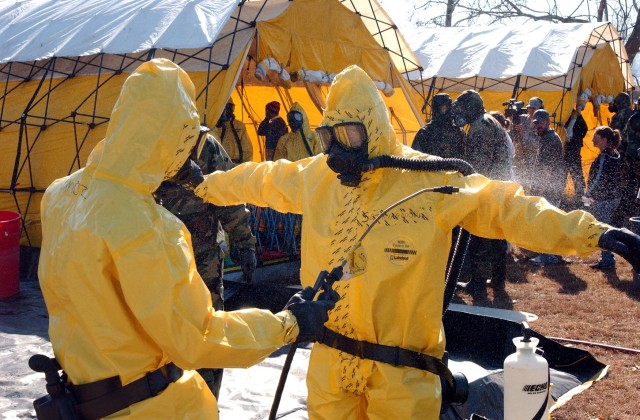

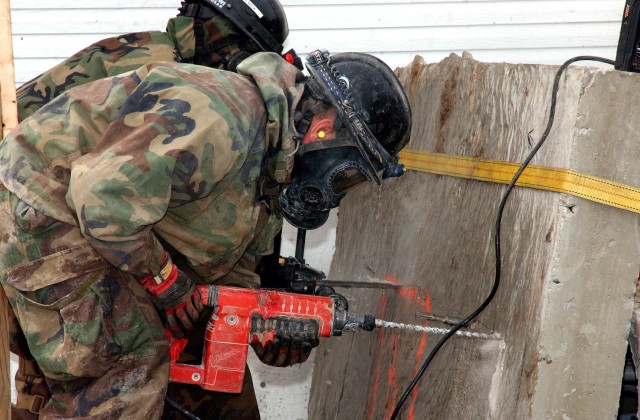
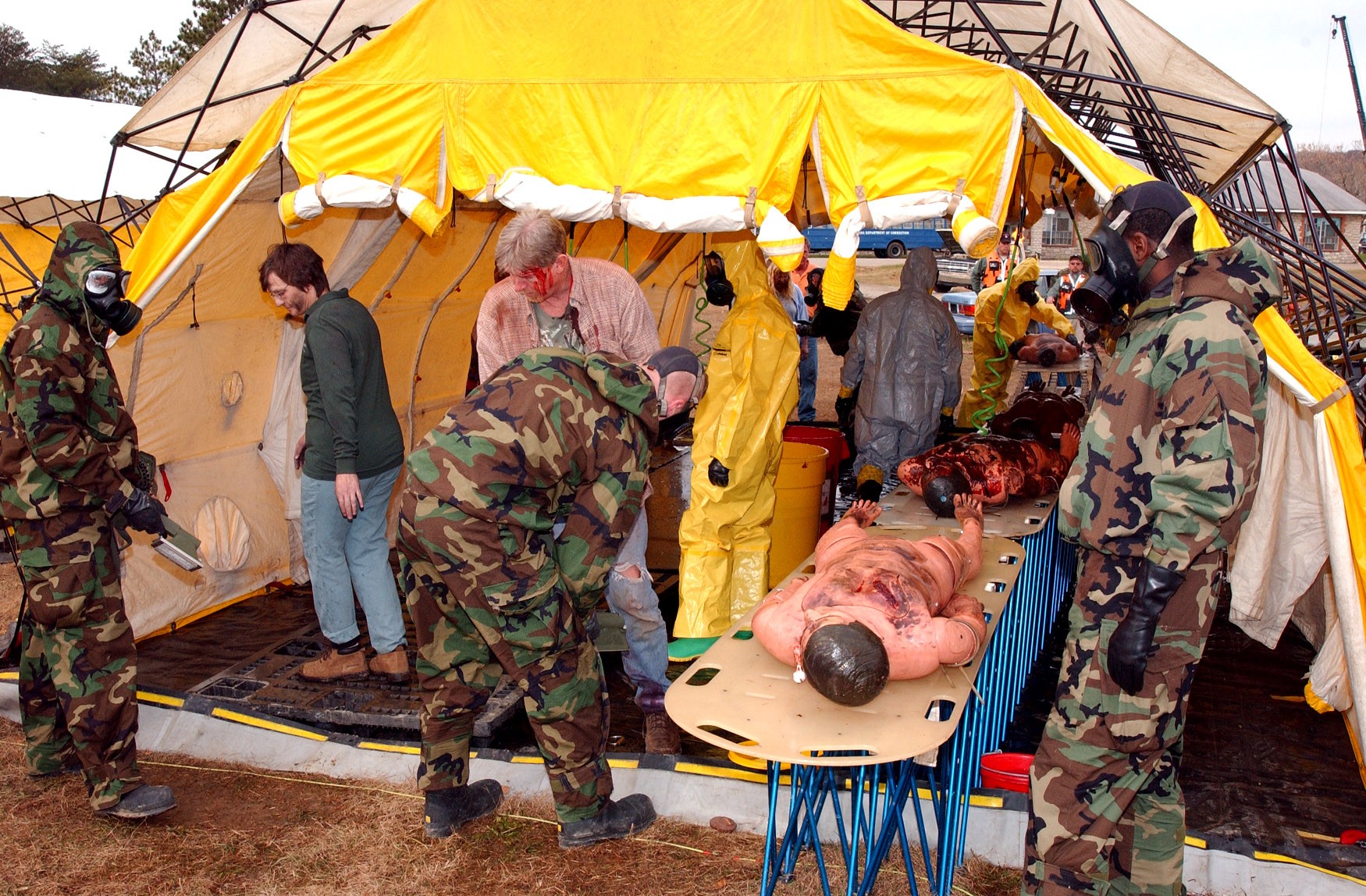
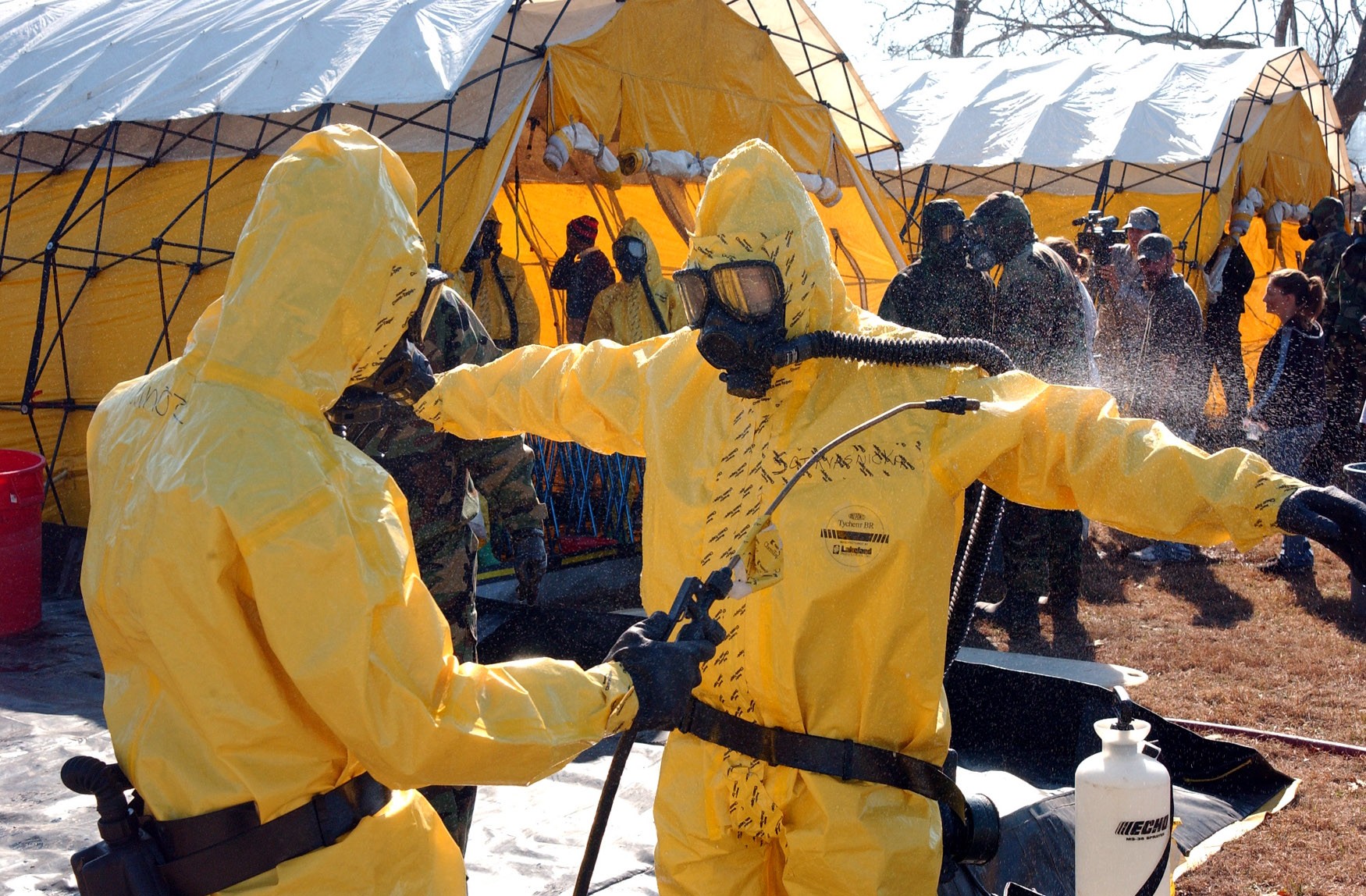

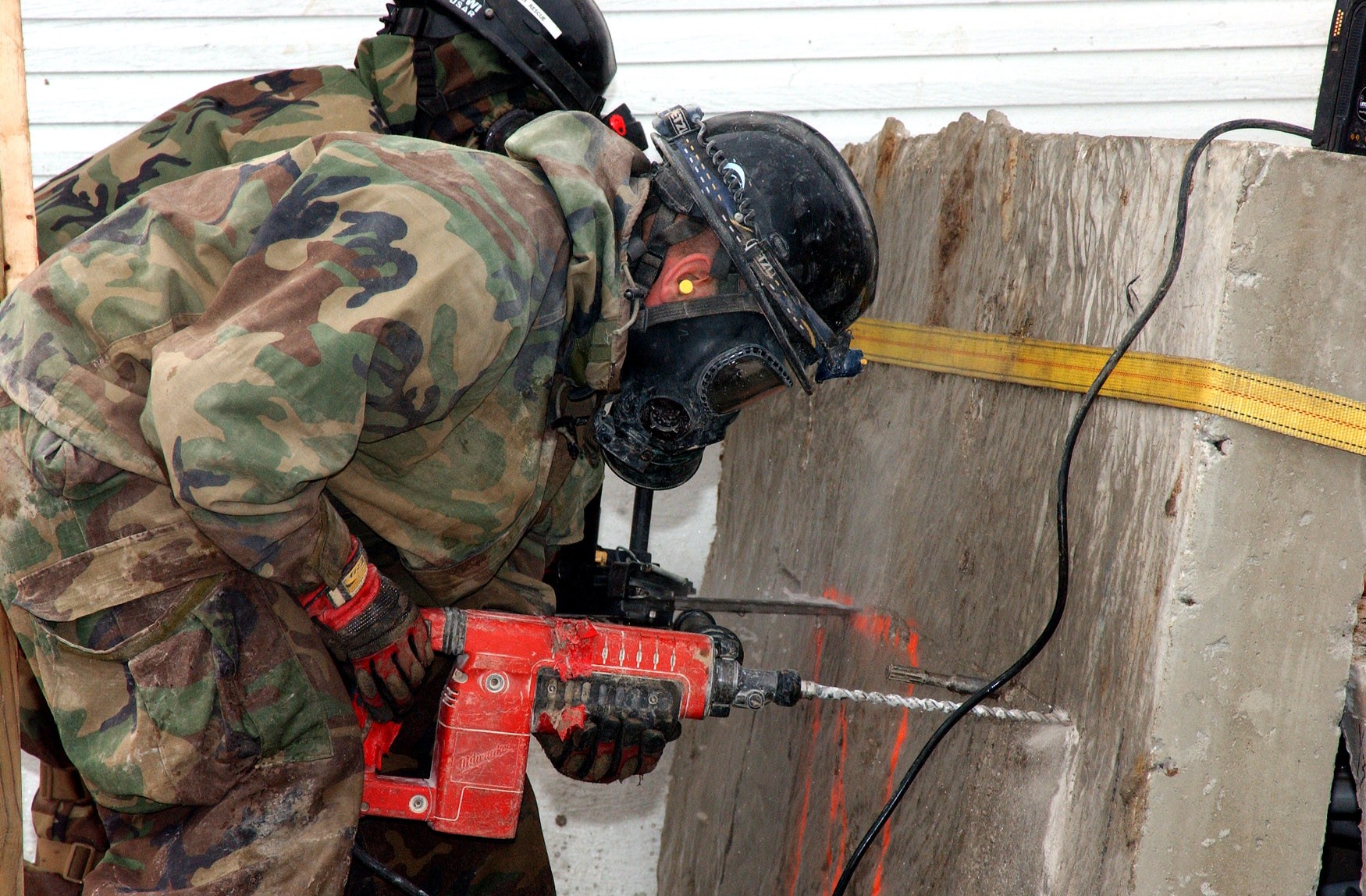
Social Sharing